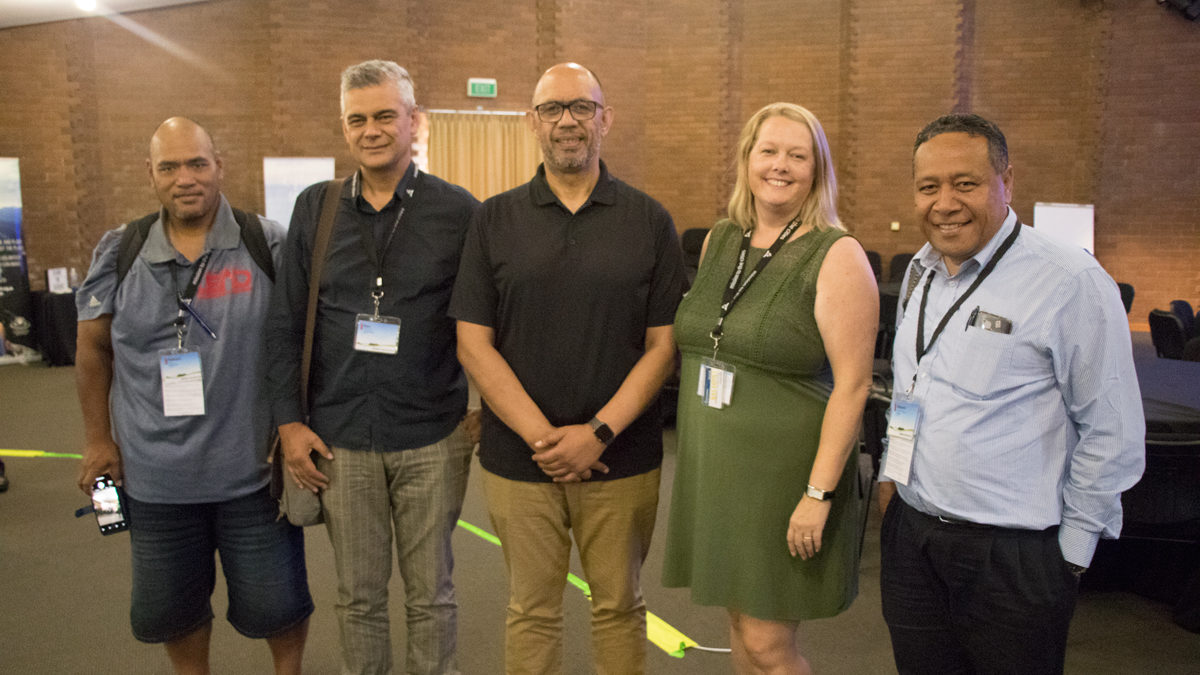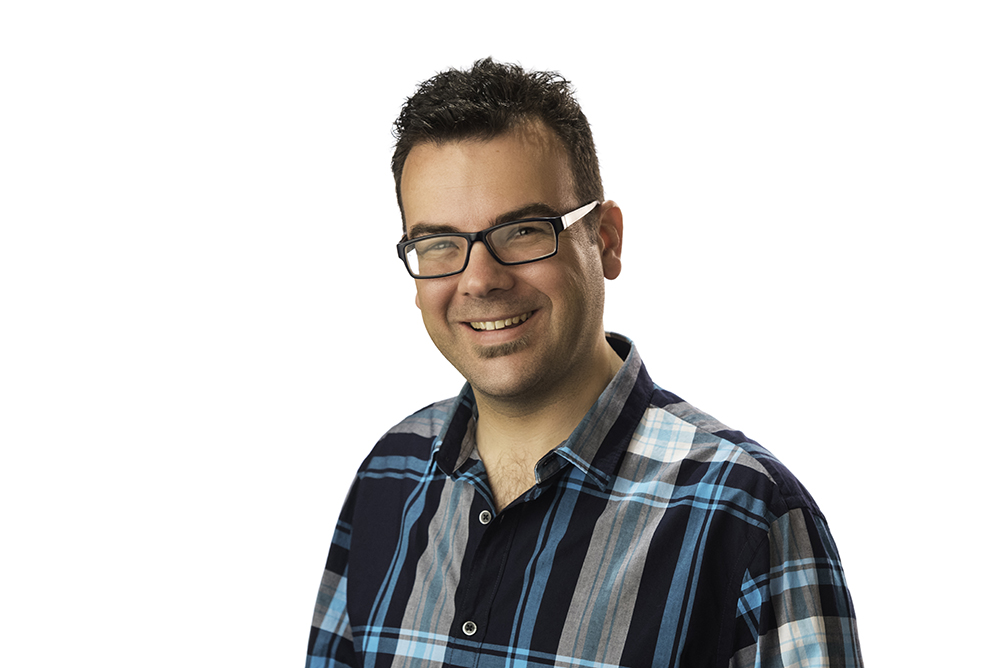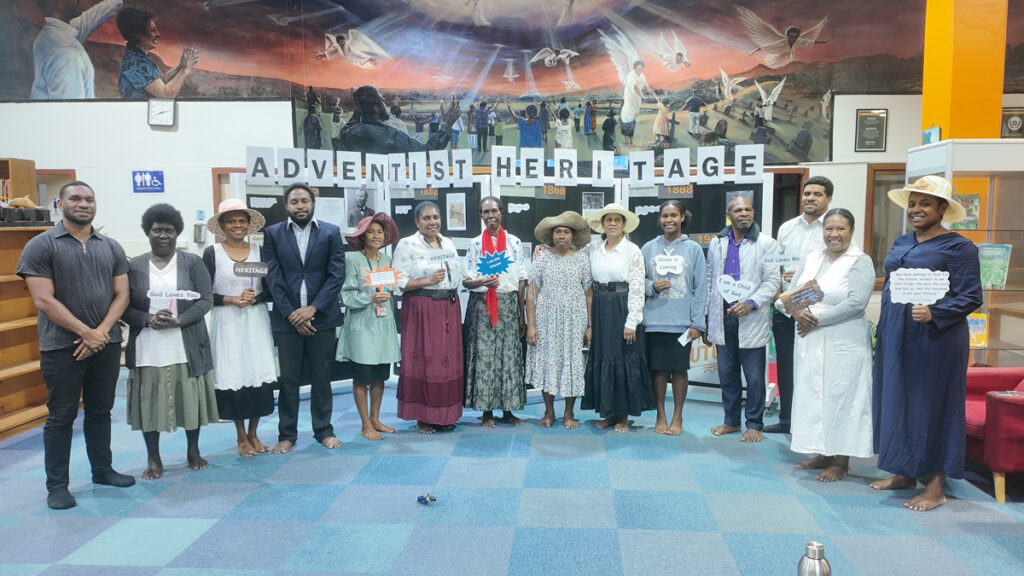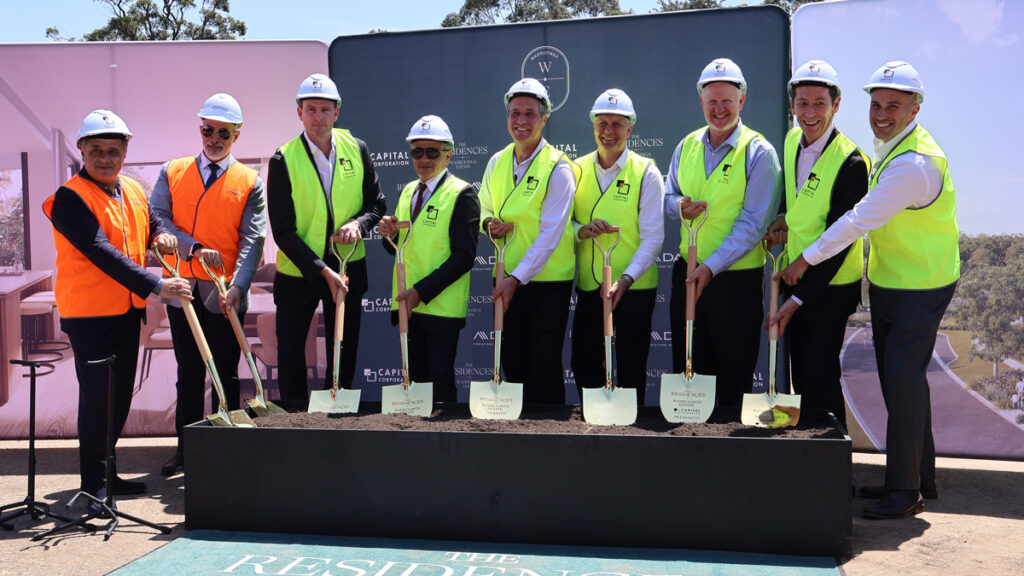More than 4800 people move into Sydney and Melbourne every week, according to Dr Wayne Krause. “So every year, more people move into our cities than the entire Adventist membership of Australia and the New Zealand Pacific Union Conference. That’s a challenge.”
This challenge and the opportunities presented by rapid urbanisation across the South Pacific region were the catalyst for the 2019 Mission to the Cities symposium, held at Avondale College of Higher Education, February 7–10. Dr Krause, who focuses on church planting and urban mission in his role with the South Pacific Division’s discipleship ministries team, was convener of the symposium—the second such event since the inaugural gathering last year.

International presenters included Pastor Tiffany Brown, who directs the REACH Centre for Urban Mission at Washington Adventist University, Dr Kleber Goncalves, who heads up the General Conference’s Centre for Secular and Postmodern Studies, and Pastor Simret Mahary, a local church pastor in Germany who also leads the “PRESENCE kulturlounge” project in Frankfurt.
Speaking to Adventist Record at the conclusion of the symposium, Pastor Matt Hunter, who leads a local church in Elizabeth, South Australia, said Pastor Mahary’s presentation was the most “stretching” in terms of expanding his understanding of what mission means and what it can look like.
“He’s created this ‘culture lounge’. He invites people to come in to experience different aspects of art, culture and food—to invite people to share their stories. It’s an exchange between people in the community,” recalled Pastor Hunter. “But it’s openly a Seventh-day Adventist-run project. He said it’s not our job to create experiences where people connect with God—God’s already speaking to them. It’s just up to us to help them join the dots.”
While various case studies and practical issues were explored, a number of speakers focused on relevant research and theory, including a well-received presentation on the theology of city evangelism from Dr Wendy Jackson, a senior lecturer at the Avondale Seminary and one of a number of Australia-based speakers. “Don’t come as a teacher; come as a learner to a community,” said Dr Jackson. “When we listen to a community, we come to appreciate their culture and values. Not only do we come to see through new eyes; people see us through new eyes.”
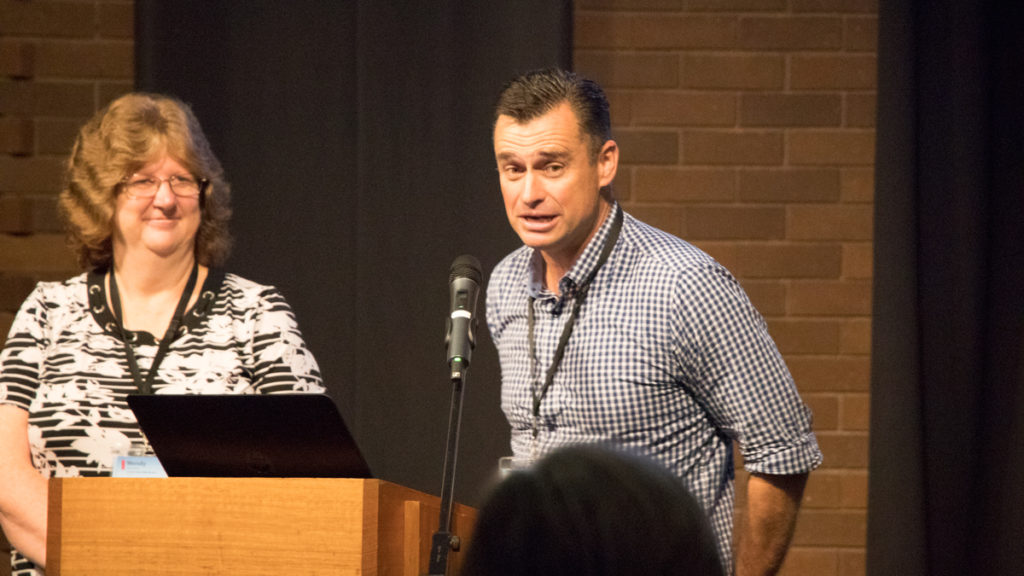
“Unfortunately we have developed this anti-urban attitude over many years as a Church,” commented Dr Goncalves after Dr Jackson’s presentation,” but when we have the right theology in our minds; when we really understand and we start to develop this love for the city—as God loves the city—we do have so many opportunities. One of them is community development; people out there are looking for a place to belong and there’s no better place to really offer that than the church.”
The theme of genuine relationships as the foundation for effective urban mission was restated multiple times by multiple speakers. It was quite a contrast to the sometimes-dehumanising language of “contacts” and “interests” used in more traditional evangelistic contexts.
“People are not projects; they’re friends. Not only friends, but partners with you in your ministry,” said Dr Krause from the lectern as he closed out the symposium. “Are we willing to put the time into people, rather than just projects? We’ve been hearing some exciting ideas; the initiatives some of you are involved in. I’d like to see some of these ideas multiplied throughout this Division and throughout the world.”
The symposium attendees—about 80 Church administrators, local church pastors and a number of laypeople interested in urban mission—responded positively to the presentations, asked questions of presenters and actively used the opportunities given throughout the symposium to discuss issues and pray in small groups.
“It’s my first time to the Mission to the Cities conference,” said Pastor Ben Timothy, president of the North New Zealand Conference. “I’ve found it very useful in terms of understanding what the Church is trying to put in to place to facilitate and improve the way we connect with our populations. I can resonate with just about all that’s been shared here. We’ve barely scratched the surface in understanding how to connect.”
Download videos of the sessions and other resources here.

